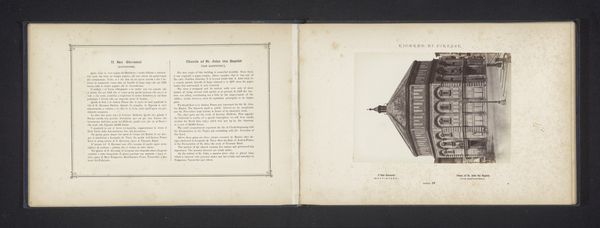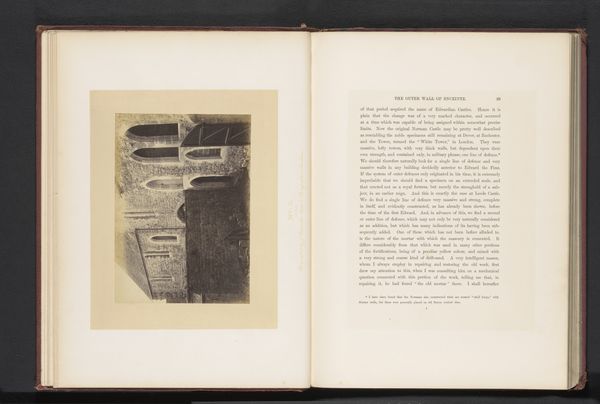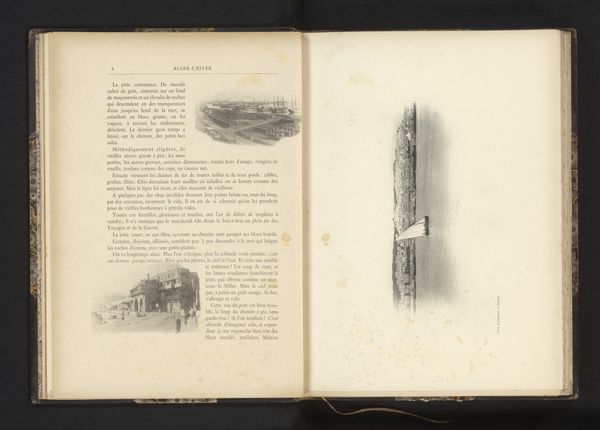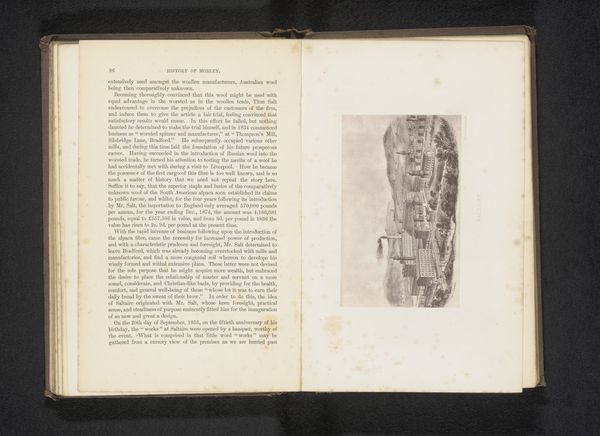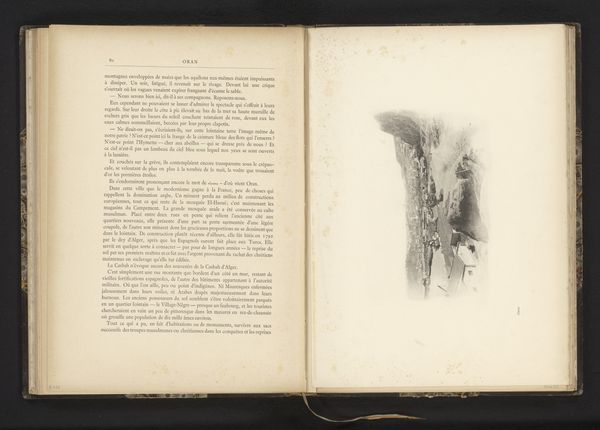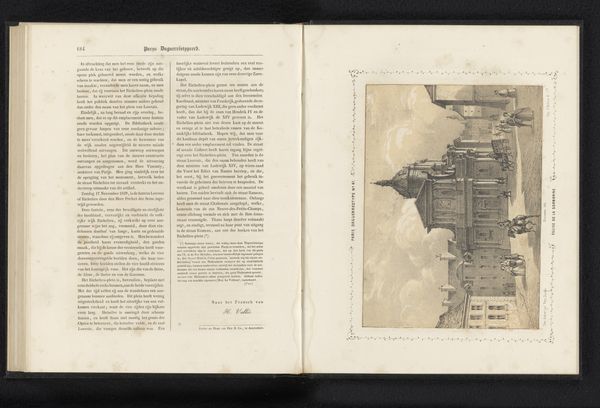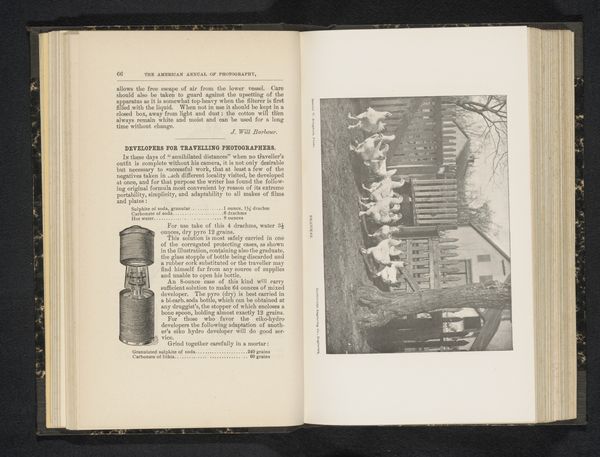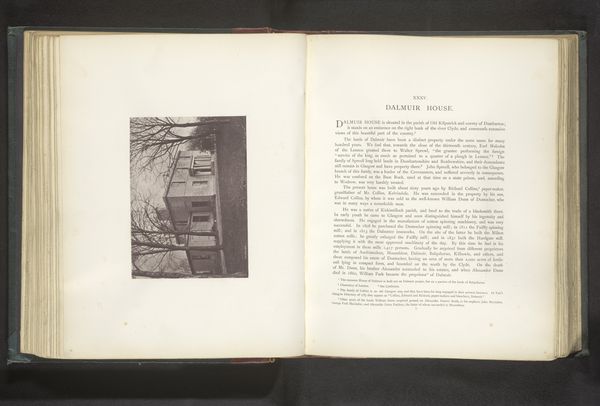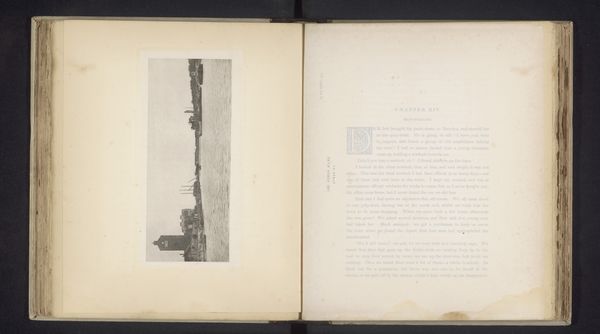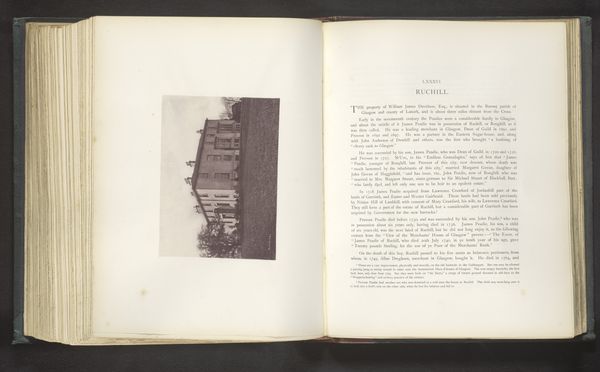
Gezicht op de Place de Gouvernement in Algiers, Algerije before 1893
0:00
0:00
print, photography
# print
#
landscape
#
photography
#
cityscape
#
islamic-art
Dimensions: height 120 mm, width 186 mm
Copyright: Rijks Museum: Open Domain
Editor: This is "Gezicht op de Place de Gouvernement in Algiers, Algerije," taken before 1893, by Jules Gervais-Courtellemont. It looks like it’s presented within a book, maybe a photograph in a travelogue? The image itself has an almost dizzying perspective, looking sharply upwards at the architecture. What strikes you most about it? Curator: I am struck by how the artist has chosen to depict Algiers. Consider the power dynamics inherent in a European artist capturing an Islamic cityscape. The sharp, upward gaze could symbolize the perspective of a colonizer, looking up at a foreign and perhaps imposing culture, yet simultaneously imposing their own viewpoint through the act of documentation. Do you see how the buildings almost become abstracted, losing some of their cultural specificity in the process? Editor: That’s interesting, I hadn't considered the potential implications of the perspective. I was so focused on the almost Escher-like quality. Curator: Exactly. The architectural forms themselves hold symbolism. Consider the repetition of geometric shapes, which can be read as a nod to Islamic artistic traditions which emphasize pattern and geometry as opposed to figural representation. The choice of photography, at that time a relatively new medium, further complicates things. Photography was often seen as objective, but in this case, the artist clearly uses it to convey a specific, perhaps biased, message. What impression of Algiers do you think a viewer in Europe at the time might have formed from this image? Editor: Probably one that reinforced existing stereotypes, viewing it as exotic but also… controlled, somehow. This conversation has made me look at the image completely differently! I initially saw an interesting composition, but now I see so much more. Curator: Indeed. By recognizing the visual vocabulary and the underlying power structures, we unlock richer, more complex understandings of these images. And that changes our perception not only of this artwork, but art in general.
Comments
No comments
Be the first to comment and join the conversation on the ultimate creative platform.

